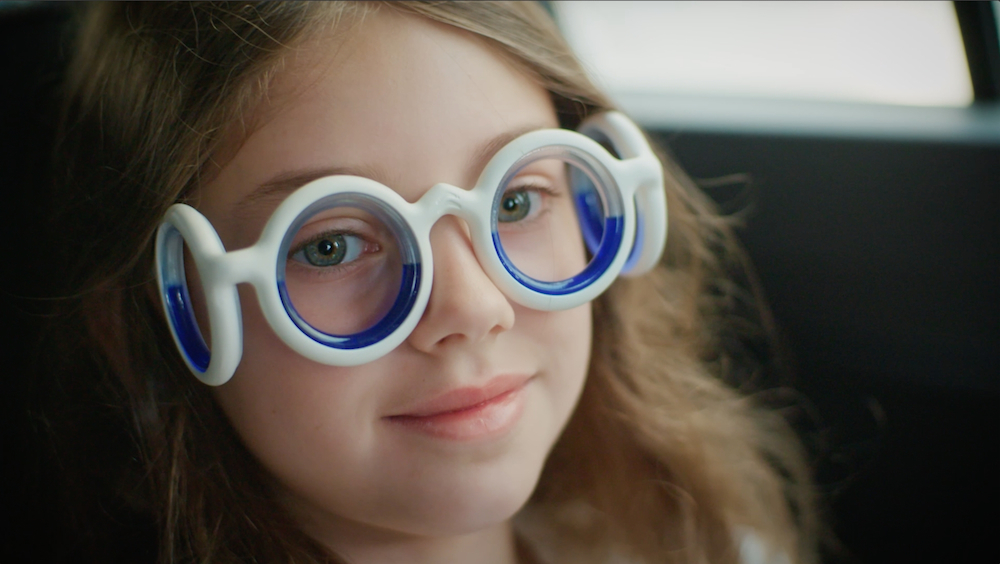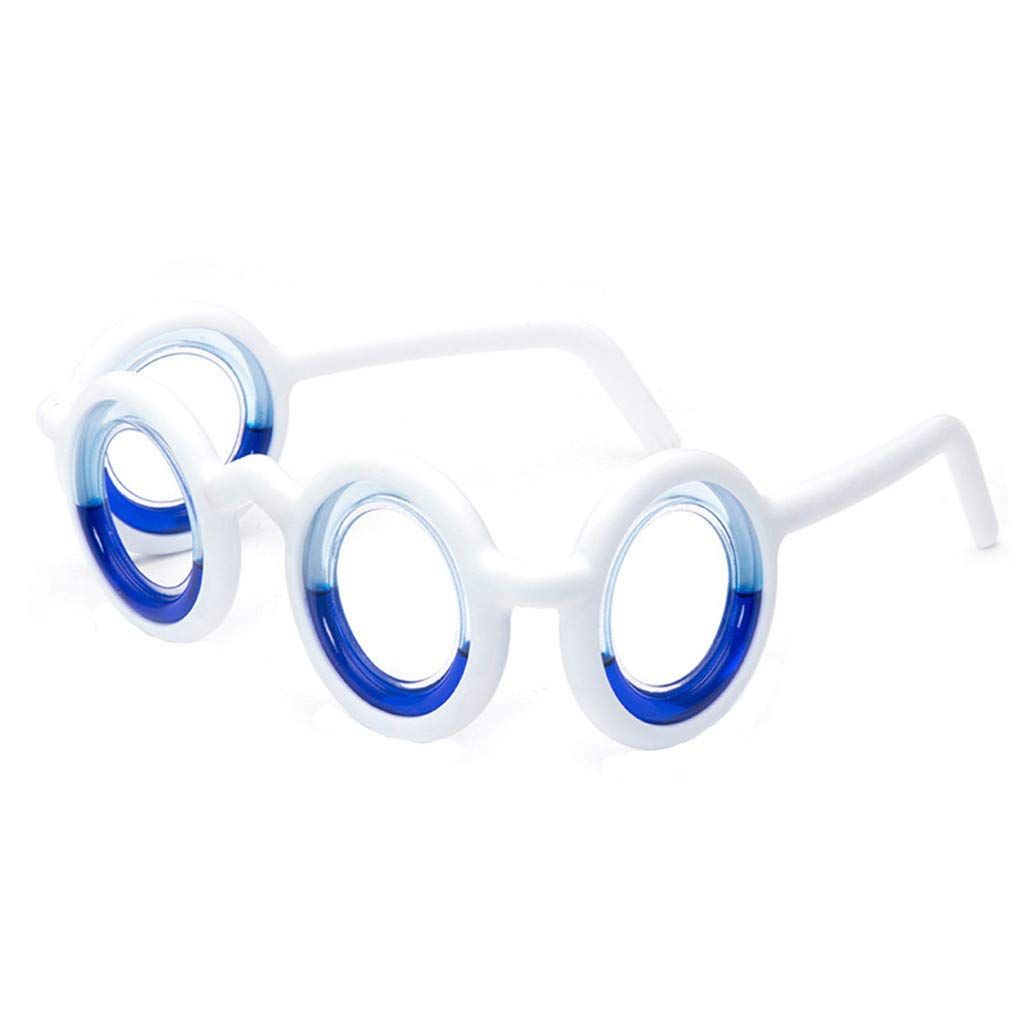

The purpose of this study was to determine the effectiveness of an 8-Hz stroboscopic environment as a motion sickness countermeasure for passengers during a nauseogenic flight in a helicopter. Stroboscopic illumination may prevent retinal slip by providing snapshots of the visual environment that are brief enough so each image is stationary on the retina. Previous research has shown that retinal slip can be a significant factor in causing motion sickness. Although there was no conclusive evidence of stroboscopic illumination as a motion sickness countermeasure in the objective performance measures, there was evidence of its effectiveness in subjective reports. In addition, the same participants reported a greater mean number of motion sickness symptoms (regardless of severity) after the no strobe condition than the 8 Hz condition however this difference was not significant. Participants who experienced the UH-60 motion profile subjectively reported the 8 Hz condition as significantly more effective in controlling motion sickness symptoms than the 4 Hz condition. Army Aeromedical Research Laboratory's Multi Axis Ride Simulator. The motion profiles of an Army UH-60 Black Hawk helicopter and a Marine AAVC7A1 Amphibious Assault Vehicle were produced using the U.S. The present study assessed the use of a 4 and an 8 Hz stroboscopic environment as a countermeasure for visually-induced motion sickness. Previous studies have shown stroboscopic illumination to reduce the severity of motion sickness symptoms when retinal slip is a significant factor. Although the effectiveness of the shutter glasses as a countermeasure for motion sickness is not implied by this test, the results did indicated that shutter glasses, particularly the 8 Hz device demonstrated promise and should be explored as a non-pharmacological motion sickness prevention strategy. The testing was deliberately limited with no intentions of drawing firm conclusions as to the shutter glasses' efficacy. This preliminary testing of the shutter glasses was conducted to determine their worthiness of further study. Following each flight, each participant filled out a motion sickness questionnaire and provided subjective feedback.

Six participants experienced two flights in the cabin of a Black Hawk helicopter: the first flight with shutter glasses and the second without them. The purpose was to examine the mission applicability and product potential of the glasses and to gain support for their inclusion in future USAARL motion sickness studies.

This report presents the results of preliminary tests conducted by the USAARL of two sets of stroboscopic shutter glasses (at 4Hz and 8 Hz) proposed as a countermeasure for motion sickness.


 0 kommentar(er)
0 kommentar(er)
